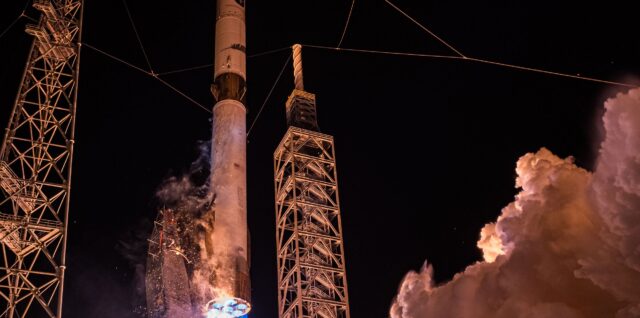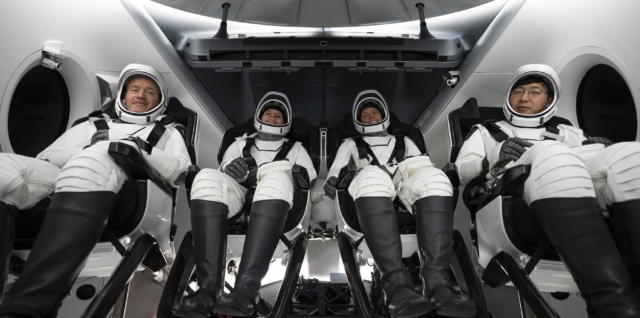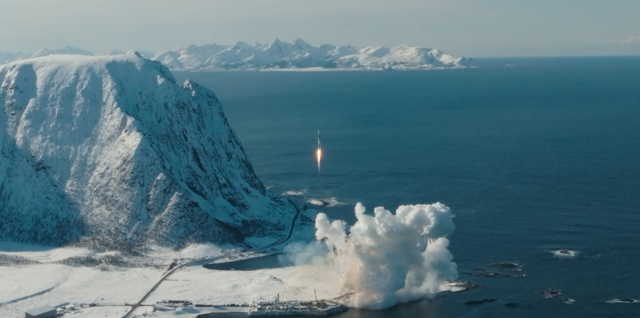Lunar polar regions could have microbes, modeling study suggests

Could microbes survive in the permanently shadowed regions (PSRs) of the moon? This is what a recent study presented at the 56th Lunar and Planetary Science Conference (LPSC 2025) hopes to address as a team of researchers from the United States and Canada investigated the likelihood of long-term survival for microbes in the PSR areas of the moon, which are craters located at the poles that don’t see sunlight due to the moon’s small axial tilt.












